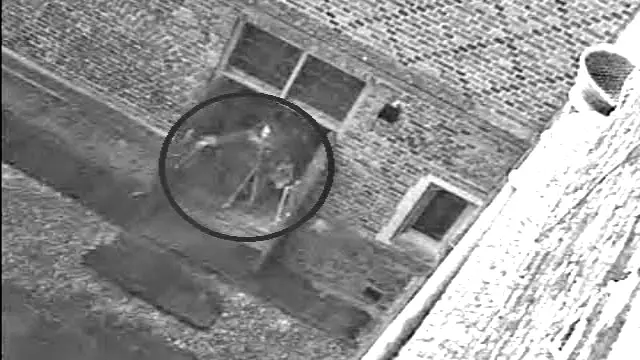Paleontology is the study of ancient plants and animals based on the fossil record, evidence of their existence preserved in rocks. This includes the study of body fossils, tracks, burrows, cast off parts, fossilized feces, and chemical residues.
Paleontology overlaps to some extent with geology, the study of rocks and rock formations, and with botany, biology, zoology, and ecology, fields concerned with living creatures and how they interact.
Paleontology is divided into two major subdivisions. Invertebrate paleontology deals with simple animals. Vertebrate paleontology deals with fossils of animals with backbones. There are many minor specialties such as paleobotany, ichnology (the study of tracks and burrows)and taphonomy, the study what happens to organisms after they expire.
Major areas of study include the division of rock strata into geologic ages and the study of evolution of lifeforms. The latter utilizes a classic binomial nomenclature scheme devised by the mid 18th century Swedish biologist Carolus Linnaeus. This has been augmented (some would say ‘replaced’) by a somewhat controversial alternative known as “cladistics”.
The primary economic importance of paleontology lies in the use of fossils to determine the age and nature of the rocks that contain them or the layers above or below. This information is very important to the mining industries and especially to the petroleum industry.
Fossils were known by primitive man and were sometimes identified correctly as the remains of ancient lifeforms. The organized study of paleontology dates from the late 18th century.
Paleontologists are among the more colorful and eccentric figures in the history of science. Important figures include the Englishman William Smith who first noted that similar fossil sequences were found regionally and Georges Cuvier who initiated the study of ancient animals based on living animals. Legendary American figures include Edward Drinker Cope, Othniel Marsh, Henry Fairfield Osborn, Louis Agassiz and Charles Walcott.
The swashbuckling movie character Indiana Jones is said to be based loosely on the early 20th century paleontologist Roy Chapman Andrews.

















